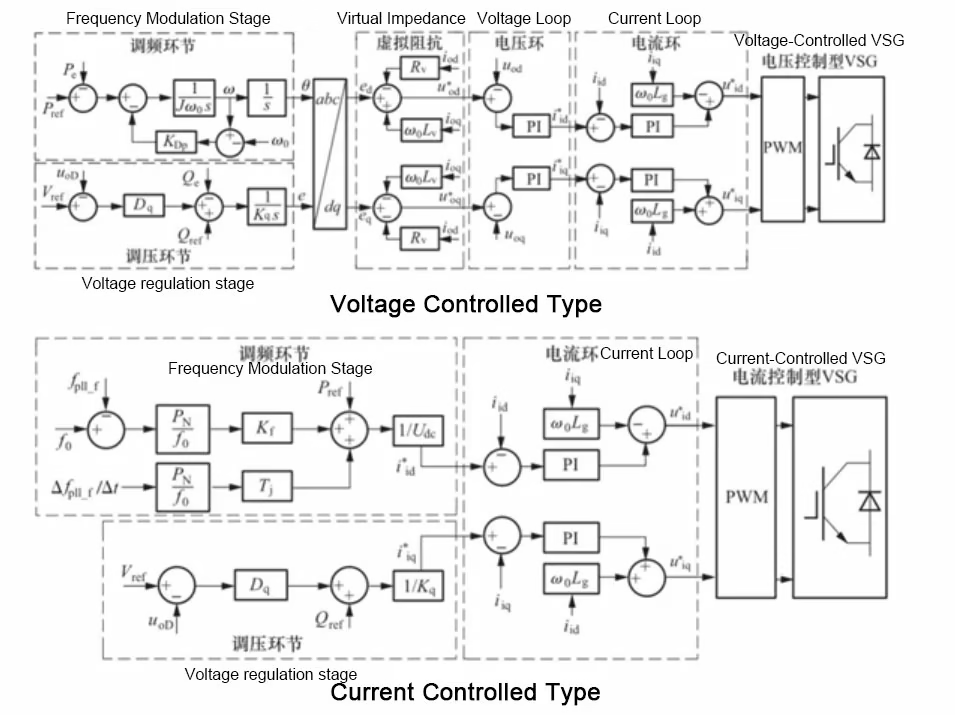The term “VSG” can mean very different things depending on the industry you’re in.
In the power and energy storage sector, VSG specifically describes an operating mode for Huawei’s smart energy storage controller. This “Virtual Synchronous Generator” mode is key because it allows the system to run independently off-grid, mimicking the stability of traditional power generation.
VSG is an advanced power generation control technology.

So, what exactly is a VSG? In simple terms, it’s an advanced control technology that makes modern power electronic equipment behave like a traditional synchronous generator.
This innovation is becoming crucial as power systems evolve. With renewables connecting to the grid on a massive scale and the ongoing digital transformation, our traditional power systems are facing new pressures. That’s where Virtual Synchronous Generator (VSG) technology comes in—it’s a major step forward for modern grid management.
The core idea is to use power electronics and smart control algorithms to mimic the key mechanical and electromagnetic responses of a conventional generator. Let’s break down how it does this:
Finally, it delivers intelligent power control. A VSG flexibly adjusts its real and reactive power output based on the grid’s immediate needs, providing dynamic support exactly when and where it’s needed.

First, it replicates inertia. A VSG can simulate the rotational inertia of a spinning generator. This provides essential damping to smooth out those short-term bumps and dips in the grid frequency.
Next, it handles frequency regulation. Through its control strategies, the VSG actively participates in maintaining the grid’s frequency, offering a vital service that was once only possible with conventional power plants.
It also manages voltage. The technology controls the output voltage’s amplitude and phase, which helps keep the grid voltage stable and within required limits.

